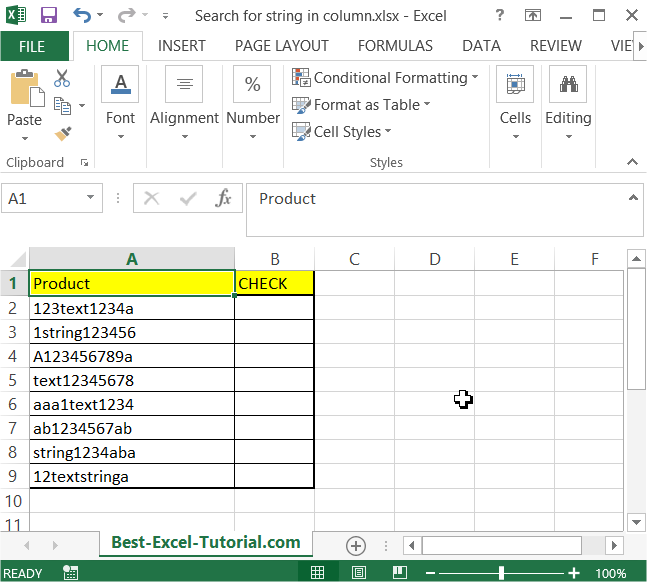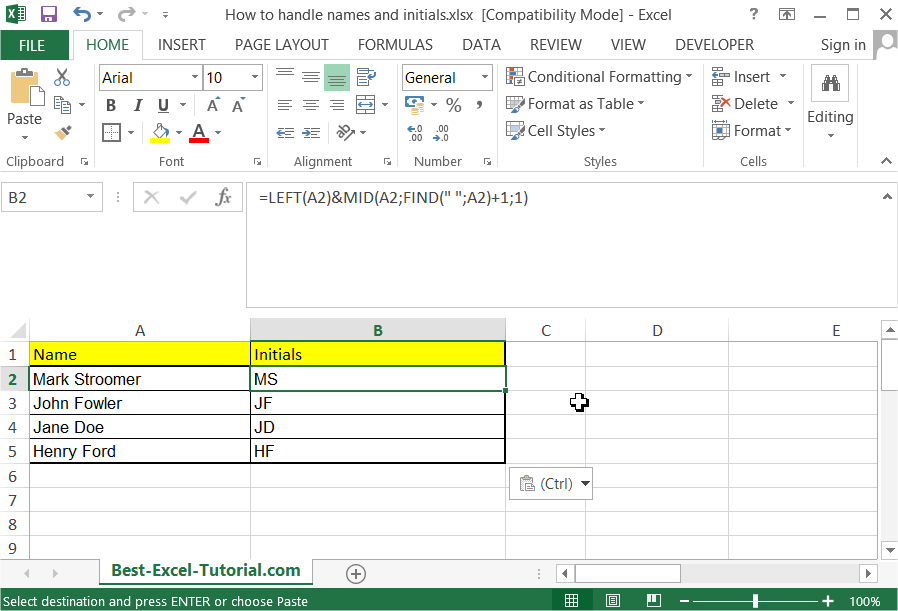How to Create a Professional Quotation Format in Excel: Complete Step-by-Step Guide
Creating a professional quotation format in Excel helps in presenting a clear, concise, and professional outline of services or products offered, along with their prices. Here’s how you can create a quotation format in Excel:


